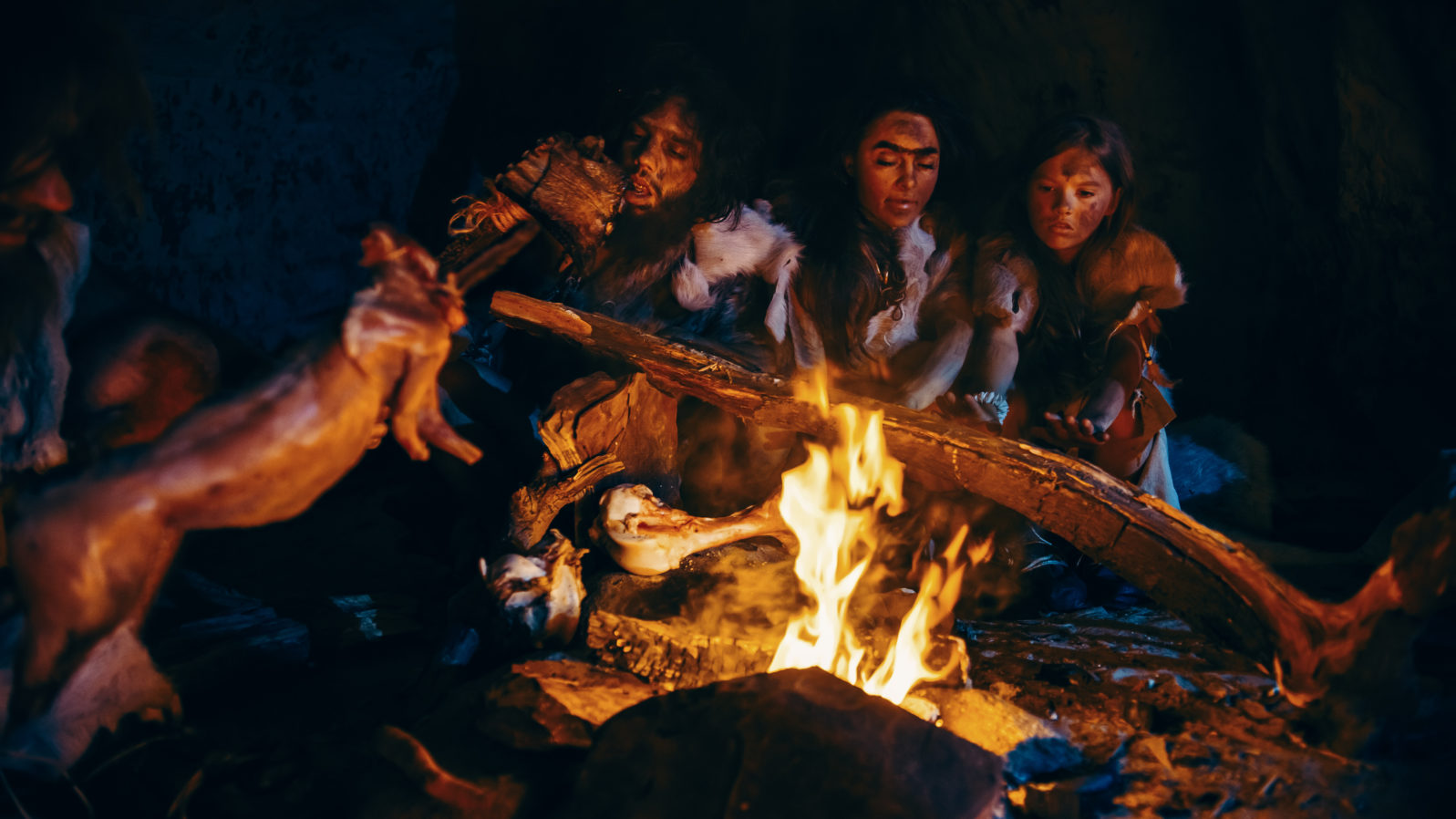Fat factory helped Neanderthals survive 125,000 years ago
At Nature, Katie Kavanagh reports,
Archaeologists have uncovered evidence that Neanderthals rendered fat from bones 125,000 years ago. Modern humans have been using the process for at least 28,000 years, but the latest finding of “fat factories” reveals that Neanderthals were doing it much earlier. The study appeared on 2 July in Science Advances1.
Fat is a vital component of the hunter-gatherer diet, especially during the winter months, when animals are lean and hunted meat alone is not sufficient for sustenance. Eating lean protein without other nutrients can lead to protein poisoning, also known as ‘rabbit starvation’. Fat from bone marrow is a high-calorie source of nutrition, and is an important addition to a protein-heavy diet. “Neanderthals boiled bones in ‘fat factories’ to enrich their lean diet,” July 3, 2025
From the open-access paper:
We present archaeological data from the lake landscape of Neumark-Nord (Germany), where Last Interglacial Neanderthals processed at least 172 large mammals at a water’s edge site. Their (partial) carcasses were transported to this location for the extraction of within-bone nutrients, particularly bone grease. This “fat factory” constitutes a well-documented case of grease rendering predating the Upper Paleolithic, with the special task location devoted to extraction of nutritionally important lipids forming an important addition to our knowledge of Neanderthal adaptations.
Lutz Kindler et al. Large-scale processing of within-bone nutrients by Neanderthals, 125,000 years ago.Sci. Adv.11,eadv1257(2025).DOI:10.1126/sciadv.adv1257
Also,
The assemblage is mainly the result of foragers repeatedly moving parts of carcasses through the Neumark-Nord landscape, from the various locations where animals were killed and initially butchered to the bone processing location described here—a “fat factory” supplied with fat-rich bones of large prey animals “harvested” in the wider landscape. “Large-scale processing”
Of course, they also had to store the fat, keep it from going rancid, and protect it from scavengers.
It’s the “fat factory” element of the story that is remarkable. That meant a good deal of co-ordination of the work of many hands and the co-operation required to achieve it. We can’t, of course, know for sure if the enterprising Neanderthals used a language but this is the sort of endeavor that language greatly assists.
It’s amazing how Neanderthal man has progressed in the last couple of decades…
